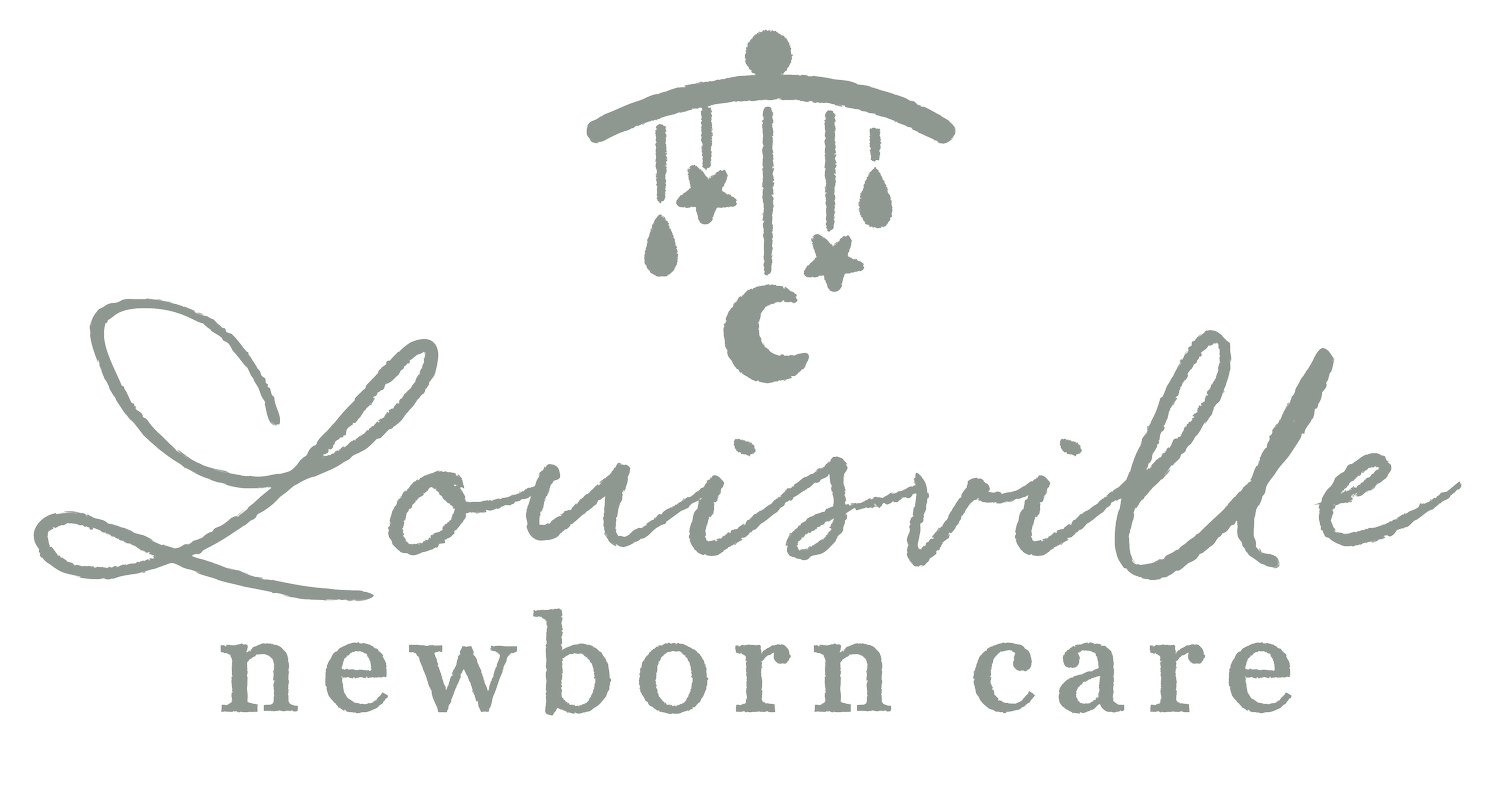The Ultimate Guide to Diapering, Bath time and Cord Care for Parents
As expecting parents in Louisville, Kentucky, the journey of parenthood is an exhilarating adventure filled with joy, laughter, and countless precious moments. Amidst the excitement, one aspect that demands careful attention is diapering and hygiene for your little one. From changing diapers to bath time routines and cord care, mastering these essential tasks will ensure your baby stays clean, comfortable, and healthy. In this comprehensive guide, we'll walk you through everything you need to know about diapering and hygiene.
Changing Diapers with Ease
Changing diapers is a routine task that you'll become intimately familiar with as a new parent. Here's how to make the process smooth and efficient:
1. Gather Supplies:
Diapers (cloth or disposable)
Baby wipes or washcloths (We love the water wipes!)
Diaper rash cream or ointment (not always necessary!)
Changing pad or waterproof mat
2. Set Up a Changing Station:
Designate a clean, flat surface for diaper changes, preferably near a water source for easy cleanup.
3. Be Prepared:
Keep extra diapers, wipes, and diaper rash cream within reach to minimize disruptions during changes.
4. Proper Technique:
Lay your baby on their back and unfasten the dirty diaper.
Use wipes or a damp washcloth to gently clean the diaper area, wiping from front to back.
Allow the skin to air dry or gently pat it dry with a soft towel. This step is SO important. Preventing moisture prevents diaper rash! Trapped moisture is the cause of diaper rash.
Apply a thin layer of diaper rash cream to prevent or heal irritation, if needed.
Secure a fresh diaper snugly but not too tight to avoid leaks.
Bath Time Bliss
Bathing your baby is not just about cleanliness; it's also a wonderful bonding experience. This is for when the cord stump has fallen off.Follow these tips for a safe and enjoyable bath time routine:
1. Choose the Right Time:
Pick a time when your baby is alert but not overly tired to ensure a pleasant bathing experience.
2. Gather Supplies:
Baby bathtub or sink
Mild baby soap or cleanser
Soft washcloth or sponge
Hooded towel
Clean clothes and diaper
3. Water Temperature:
Test the water temperature with your elbow or a thermometer to ensure it's comfortably warm (around 37°C or 98.6°F).
4. Support and Supervision:
Always support your baby's head and neck while bathing.
Never leave your baby unattended in the bathtub, even for a moment.
5. Gentle Cleansing:
Use a mild baby soap or cleanser to wash your baby's body, avoiding the eyes and ears. Gently cleanse the diaper area and folds of skin taking special care to get the neck where all the milk spills!
6. Pro Tips:
Make bath time enjoyable by singing, talking, or playing gentle games with your baby. This helps them associate bath time with positive experiences. Heat up the towels in the microwave or with a heating pad. Steam up the bathroom to make it nice and warm. Have a warm wash cloth to place on their head and belly to keep them. Use two layers of large towels to keep them snug. Many parents think their children don’t enjoy bathtime and it is usually because they are cold or can’t handle the temparature changes once they get out.
Skincare Essentials
Your baby's delicate skin requires gentle care to stay soft, smooth, and free from irritation. Here are some skincare tips to keep in mind:
1. Moisturize Regularly:
After bath time, apply a fragrance-free, organic, hypoallergenic moisturizer to lock in moisture and prevent dryness.
2. Protect from the Sun:
Keep your baby's skin safe from harmful UV rays by dressing them in lightweight clothing and using a wide-brimmed hat. Limit sun exposure, especially during peak hours.
Cord Care for Newborns
During the first few weeks of life, your baby's umbilical cord stump requires special care to heal properly. Follow these guidelines for cord care:
1. Keep it Clean and Dry:
Keep the area around the base of the cord stump with a cotton ball or Q-Tip
You can use golden seal powder to help it dry up
2. Avoid Submersion:
Until the cord stump falls off, avoid submerging your baby in water. Instead, give sponge baths to keep the area clean.
3. Watch for Signs of Infection:
Contact your pediatrician if you notice any signs of infection, such as redness, swelling, discharge, or foul odor around the cord stump.
Mastering diapering and hygiene practices is an essential part of parenthood, ensuring your baby stays healthy, comfortable, and happy. By following the tips outlined in this guide, you'll be well-equipped to navigate the diaper changes, bath times, and cord care with confidence and ease. As you embark on this journey, cherish these moments of caregiving—it's all part of the incredible adventure of parenthood.
